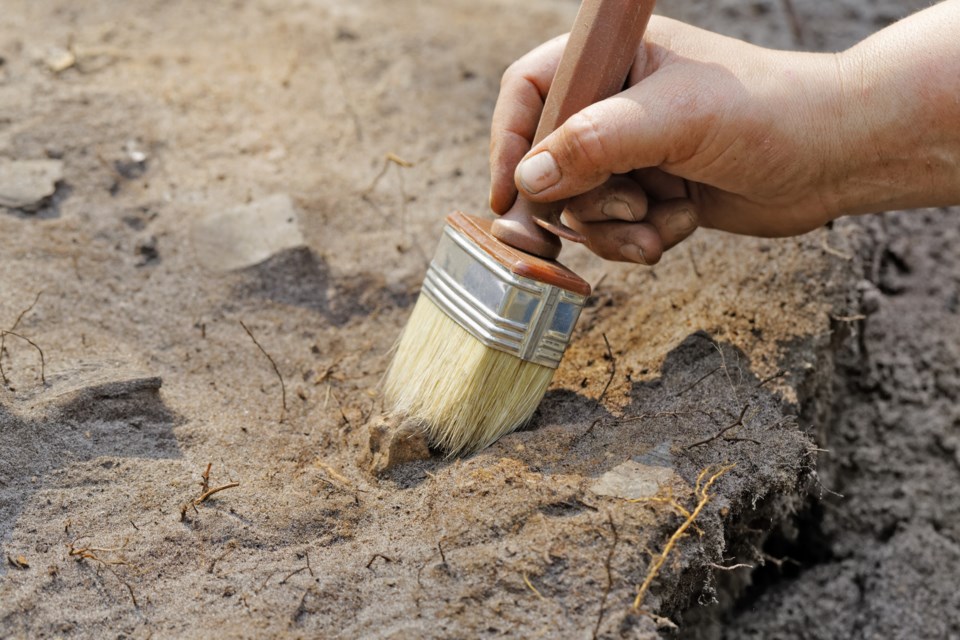Simcoe County is digging a little deeper as it continues its studies on the Horseshoe Valley Road site chosen for an organics processing facility.
“The site that was selected is suitable for a range of technologies. We’re still awaiting the final studies from our detailed site analysis, but there are no show-stoppers from what we’ve seen,” said Debbie Korolnek, the county’s environment, engineering and planning general manager, as she updated them on the plan for an organics facility and a waste sorting and transfer station.
Now calling the project an Environmental Resource Recovery Centre (ERRC), Korolnek recommended the county issue a request for information to gather details on the organics side of the project that will be a design-build-operate plant, just as the transfer station will be.
Both will be located on the same county-owned site at 2976 Horseshoe Valley Rd. W., between Hwys. 27 and 400.
The transfer station and organics facility are expected to use a small portion of the 207-acre (84-hectare) site that’s in a Simcoe County forest; the facility is forecast to use 11 acres or 4.5 hectares, and the county intends to preserve its forests, which will screen the ERRC from neighbours, who include Nicholyn Farms.
The in-depth examination of the site includes studies on ground water, traffic, neighbours and environmental impact. An archeological examination is pushing the county to take more time and dig a little deeper, as the remains of a home were found on the site.
“We did find an old homestead form the 1840s to 1880s. That’s pretty typical for a county forest, because we’ve often bought poor or marginal agricultural land and reforested it.
“It’s located on the northern boundary of the preliminary footprint we had identified, so we are required to do a Stage 3 assessment, which means testing pits on a one-metre grid. They found 1,700 artifacts – such as a shard of pottery the size of your thumbnail. We have a couple of options: we can adjust the buildings so we do not disturb it or we can excavate and catalogue (what we find). It’s not a show-stopper, but we do have to do something about it.”
Korolnek said the plan could be revised to include an educational area that not only explains waste and how to manage it responsibly, but also includes some local history.
The county has an array of history specialists who set up museum programs and exhibitions as well as archive the area’s past at its museum and archives, both on Hwy. 26.
The county has also continued to speak with the public, particularly neighbours, as it continues work on its studies and prepares to issue a Request for Information in November to assist with the creation of a preliminary business case in early 2017.
“It will look at the alternatives not only with different technologies, but the alternative of continuing to contract out,” said Rob McCullough, the county’s solid waste management director.
Similar organics design-build-operate approaches to the one the county prefers have been used by many other municipalities with similar organics projects, including Guelph, Hamilton, Toronto and Surrey.
Korolnek added the site is suitable for a range of technologies to process organics, but the county does not want to make that choice before its detailed studies are complete and it receives information from the industry form its RFI next year.
“This site was voted on and we’re to proceed. I can’t see looking at another site,” said Innisfil Mayor Gord Wauchope, in response to concerns Springwater Mayor Bill French raised.
To proceed, the county must obtain an Official Plan amendment and a zoning bylaw amendment from Springwater; that township’s council voted unanimously to oppose it in March, just after the county announced the Horseshoe Valley Road location.



